|
A few months ago some tadpoles fell into my lap, figuratively and literally at times! I had reservations initially, but thought, well, this would be a good learning experience for my kiddos. I'm an experiential educator after all. I am attuned to opportunities that get children involved, and this would do just that.
0 Comments
In the 21st-century, it is more important than ever for kids to build certain skills, and one of the best ways to do that is through educational travel for students. Traveling is a powerful tool for building character, empathy, curiosity and so much more.
I'm so excited to introduce Eliot Kersgaard from Myra Makes as my guest blogger this week! I've been interested in STEAM for a long time, but do not feel at all equipped at this point to write about it. I'm lucky to have connected with Eliot, a STEAM rockstar, who was kind enough to share his thoughts and expertise with us.
If you are an avid follower of my blog, you know by now that content isn't something that I talk about often, if ever. It's not because I don't believe content is important.
Teachers and parents of the 21st-century have a challenge to face and the responsibility to confront that challenge. Technology is a prominent and permanent part of modern society. It is a blessing and a curse, particularly when it comes to social media and children.
We have all been faced with the need to make important decisions for our children when it comes to technology; at what age to allow them to have their first cell phone, whether to let them use social media as a research or presentation tool in class for school projects, how much time to allow them on social media each day if at all, whether to install child monitoring software to home or school computers.
As most of you know, I write experiential learning curriculum, primarily on project-based learning. I also have extensive experience with school travel, problem-based learning, inquiry-based learning, and dabble around with maker education.
I have a background in science, I promote 21st-century learning environments, and of course, I am a passionate advocate for experiential learning. Naturally, I would do STEM with my students, right? I actually have not done STEM with my students, at least not in the formal sense. The Importance of Intergenerational Learning Experiences
The young and the old and everyone in between living, playing, and working side-by-side is a tale as old as time. Yet that tale seems to be one of the past. We currently find ourselves in a
society where those interactions across age groups are few and far between.
Happy college season! For some, that season is long over, having completed early applications over the summer. Phew! Now all you have to do is wait! For some, you're still trying to get everything figured out. Preparing application materials for deadlines, considering a gap-year. Maybe even wondering if college is for you at all. I get that. I've been there! College is truthfully not for some in my opinion. You do you!
|
Blog IntentTo provide innovative educational resources for educators, parents, and students, that go beyond lecture and worksheets. AuthorSara Segar, experiential life-science educator and advisor, curriculum writer, and mother of two. Categories
All
|
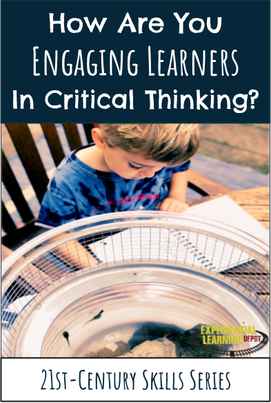
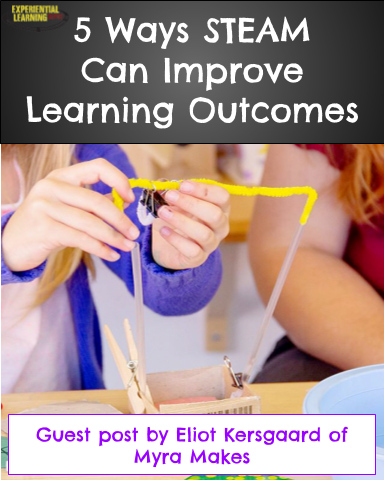
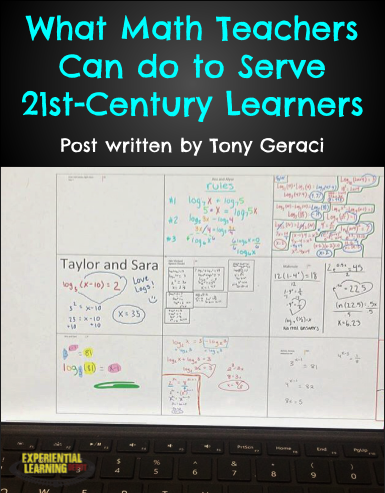
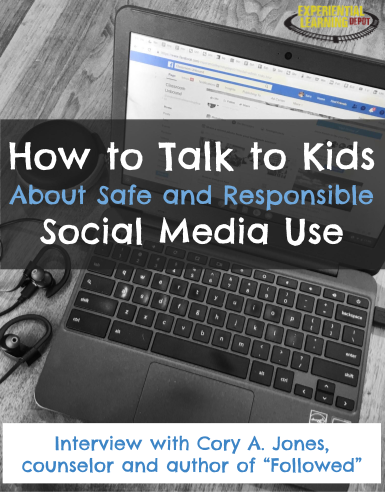
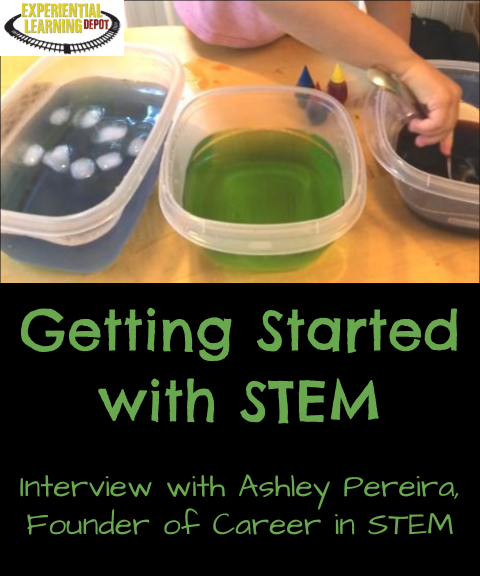
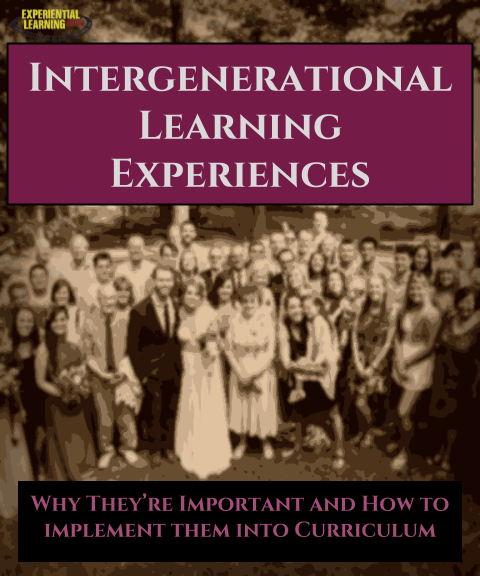
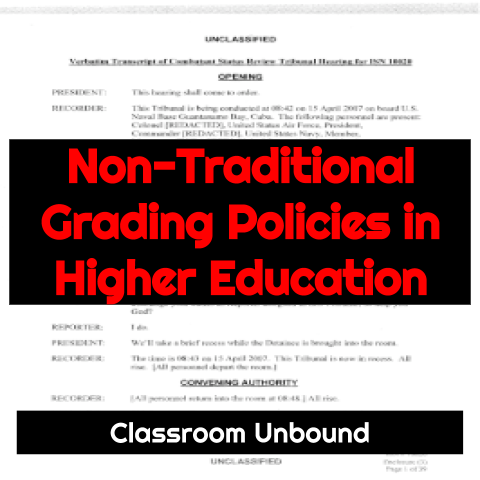


 RSS Feed
RSS Feed